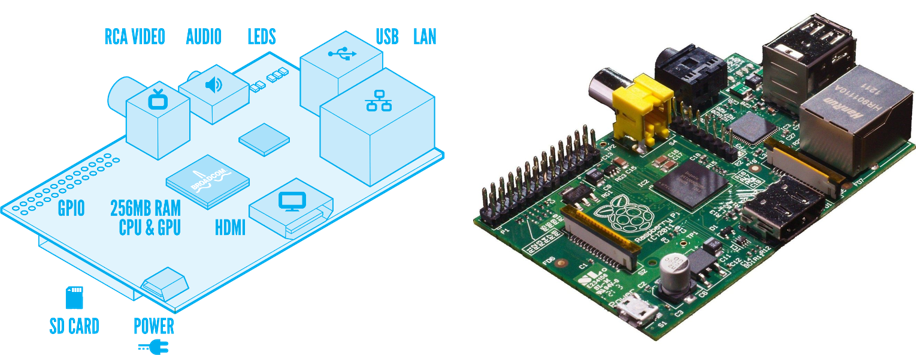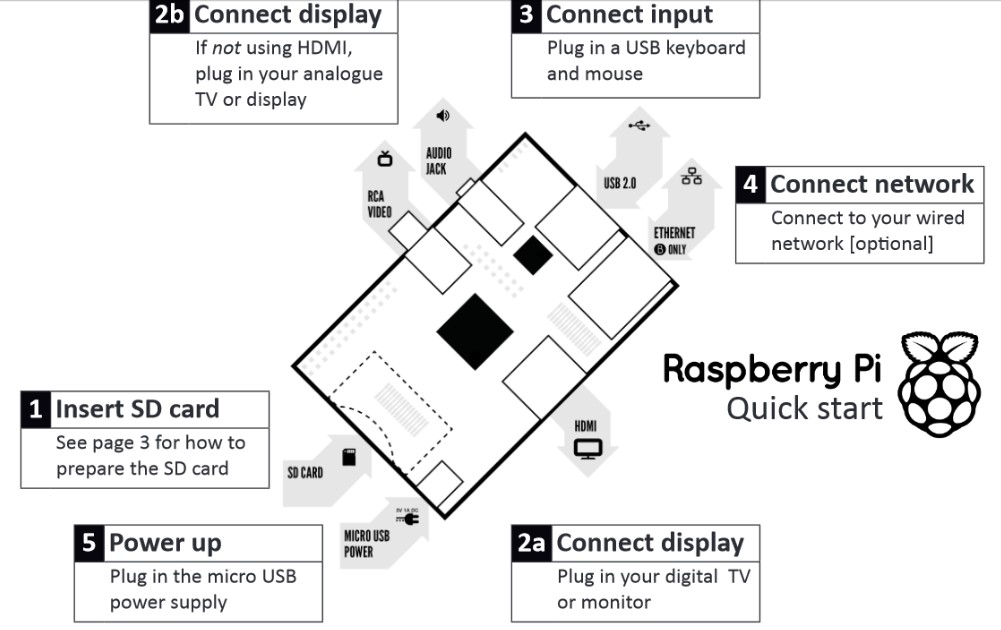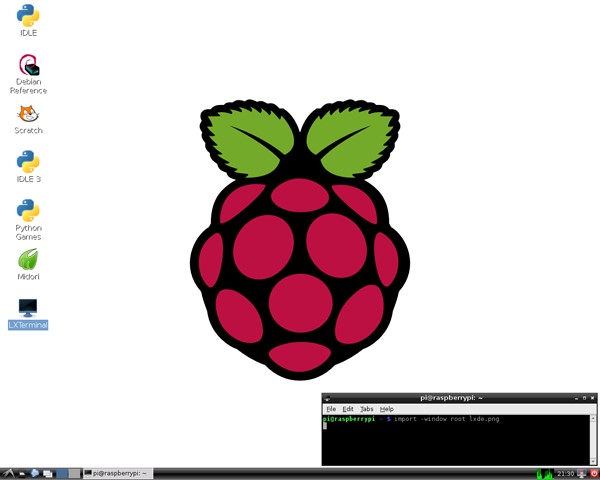What is it?
WikiPedia: The Raspberry Pi is a credit-card-sized single-board computer developed in the UK by the Raspberry Pi Foundation with the intention of promoting the teaching of basic computer science in schools.
RaspberryPi.org: The Raspberry Pi is a credit-card sized computer that plugs into your TV and a keyboard. It is a capable little computer which can be used in electronics projects, and for many of the things that your desktop PC does, like spreadsheets, word-processing and games. It also plays high-definition video. We want to see it being used by kids all over the world to learn programming.
TechCrunch: The super low cost computer called the Raspberry Pi is mind-blowing and awesome. As TechCrunch recently reported, the $25 to $35 mini computer on a circuit board is designed to give kids around the globe an easy way to learn computer programming. But the Raspberry Pi is not like a computer you get from Apple or pickup at the local Best Buy. It’s not as simple as plug and play. It takes a bit of extra work and time. And you need to be a hacker before you can get it working.
What it isn’t?
While a $25 to $35 computer makes a nice headline, the odds are good it’s going to cost several times that amount to get it going. But that full amount might still be lower than the price of a new PC or Mac, or is it? We’ll find out in a moment.
You will need to connect a power supply, monitor, USB keyboard, mouse, SD memory card, and an Ethernet connection. You’ll also want to get a case to protect your investment and some sort of display. Also, download this quick start guide from the RaspberryPi.org website. It will be a big help.
Getting started.
Perhaps the most difficult part of the startup procedure is preparing the NOOBs SD card. The quick start guide provides access to the procedures, but you need to follow the instructions carefully. Once the SD card is prepared, then you’ll have choices on start-up as to which OS variant you’d like to install. Having tried several, I think Raspbian OS is best for first-timers. To show what the initial boot experience looks like, check out this YouTube video (http://www.youtube.com/watch?v=lG7BeR19YHc). And here’s an image of the default home screen. Pretty, isn’t it?
Now what?
If you were underwhelmed by the Pi, it might be that you got it for the wrong reasons. Let’s be honest: the Pi is really an educational device, meant for hobbyists and aspiring youths to learn about programming. It’s not meant to replace any of your current tech gadgets. I would equate the Pi with ham radio. As a ham, I can communicate long distances with my radio gear, but it’s not going to replace a cell phone which is much more functional and practical in the ‘real world’.
To my Pi, I immediately added LibreOffice primarily for word processing. Everything else I need is already there, plus MANY versions of Python. For those interested in exploring the power of Python on Raspberry Pi, this book (Programming the Raspberry Pi: Getting Started with Python) appears to be a good resource. And then there’s Scratch. What a wonderful resource for youth interested in programming this is! Scratch alone could make the Pi a worthy investment.
How much is this Pi really going to cost?
▪ Basic Raspberry Pi (MODEL B 756-8308) ($42)
To get your Raspberry Pi running, you’ll need the following:
▪ One 8gb SD card ($7)
▪ An SD card reader so you can write the OS image to your SD card ($8)
▪ A means of supplying power to the unit – 5v USB adapter with micro USB cable. ($10)
▪ An HDMI cable and HDMI-to-VGA converter if you’re using a monitor instead of a high-def television. ($5 for the cable, $26 for the converter)
▪ A USB mouse and keyboard ($35)
▪ An Ethernet cable or wireless ethernet adapter ($10 for the wireless adapter)
▪ And a couple heat sinks
Optional items:
• A case to hold your Raspberry Pi ($9)
• A powered USB Hub if you plan on using the USB ports for more than just a mouse and keyboard ($21 – powered hub)
• And a Monitor ($100)
All told, this inexpensive device could set you back $200 or more. You can buy a lot of functionality for $200 these days. Check out my tablet and ChromeBook posts for more information about options in this price range.
In closing
I love my Raspberry Pi, but really, truly, I just bought it for the novelty factor since I have other machines that do everything the Raspberry Pi does, but better. Still, if I had young children (again) I’d be all over this device, teaching them programming in Scratch, programming robots, and attaching cameras and such to it. So there you have it. Raspberry Pi is great! But before you buy one, make sure you understand how much it’s really going to cost, and that you’re buying it for the right reason.



